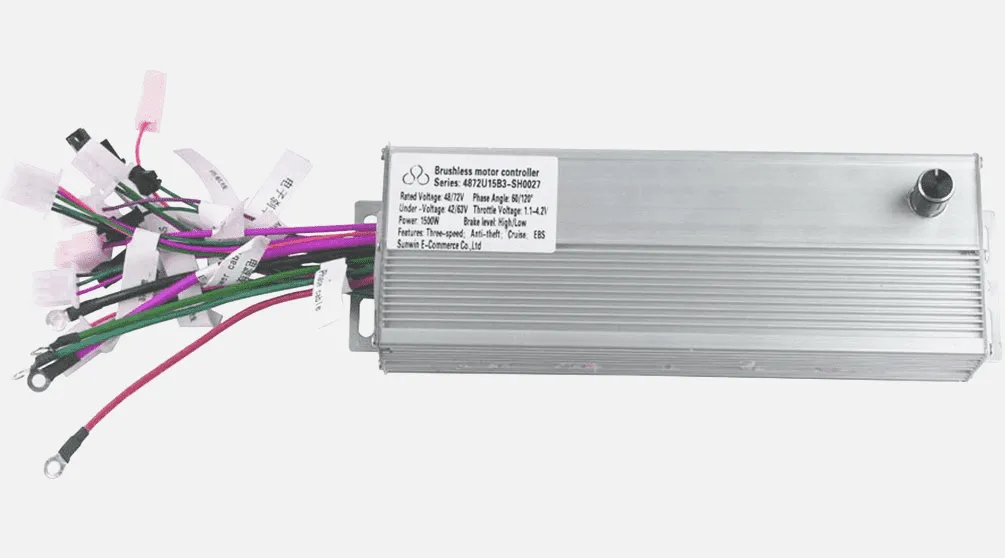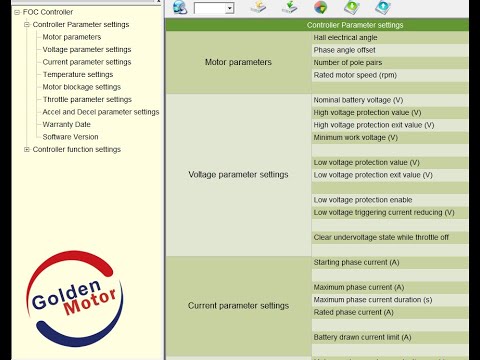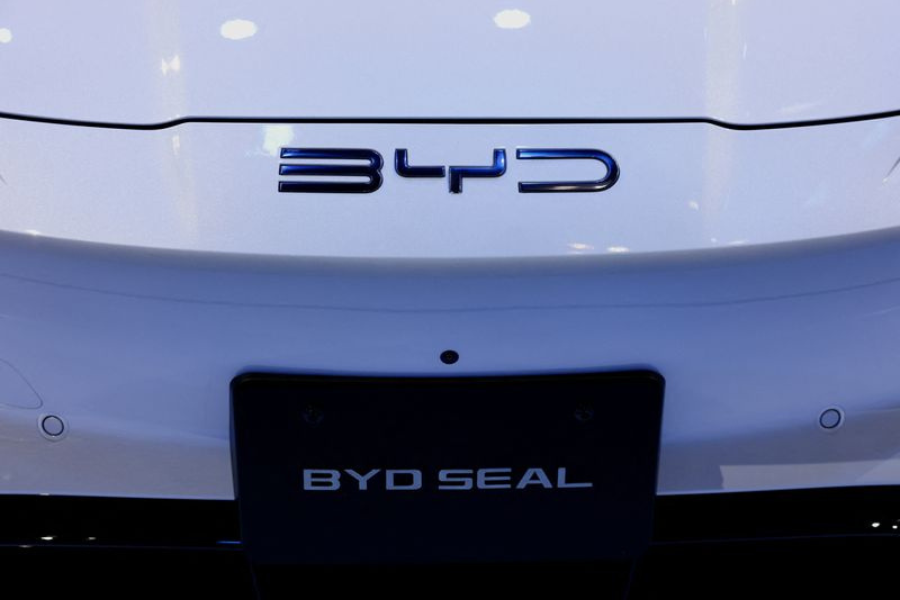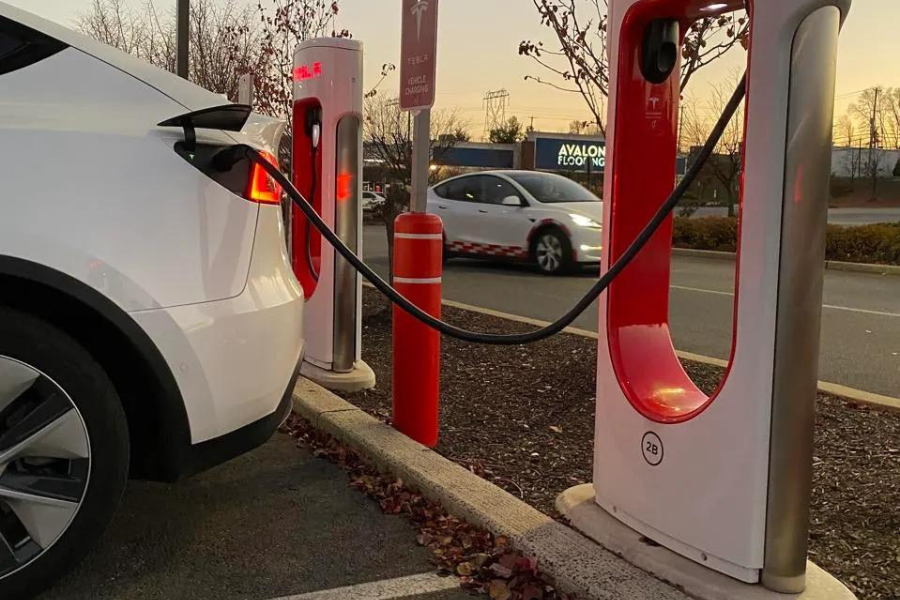Many riders may need to learn the extensive customization options available for their ebike controllers. One such option is programming the controller via USB.
Programming your ebike controller allows you to fine-tune speed limits, acceleration rates, and battery management.
While it may seem daunting initially, learning how to program ebike controller USB can give you greater control over your riding experience. This article will walk you through programming your ebike controller using a USB connection and LCD user display manual.
What is an e-bike controller?
An e-bike controller is an electronic device that regulates an electric bicycle’s speed, power, and functions. It serves as the brain of an e-bike by interpreting signals from the rider’s input and distributing current to the motor and battery accordingly. With a controller, an e-bike could operate as efficiently and safely.

Basics of Programming An E-bike Controller through USB
Programming your e-bike controller through USB can be daunting, but it doesn’t have to be. This detailed guide will provide step-by-step instructions on e bike controller programming using a USB cable. Before you begin, ensure you have the necessary tools and software.
Firstly, connect your ebike controller to your computer via USB. Once connected, open the programming software on your computer and follow the prompts carefully.
The software should display all the parameters that can be adjusted for your model of ebike controller. You can adjust parameters such as maximum speed limit, acceleration rate, battery voltage cutoffs, etc.
It’s important to note that some controllers may require special firmware or drivers to connect with your computer properly. Once you’ve made the necessary adjustments to your ebike controller settings, save them, and disconnect them from USB.
Troubleshooting Tips
Programming an ebike controller through USB can unlock customization options and enhance your riding experience. However, like any programming task, you may encounter some common issues.
Here are a few troubleshooting tips to help you overcome these challenges and successfully program your ebike controller with an e-bike LCD display manual:
Connection Issues:
Ensure your ebike controller is properly connected to your computer via USB. Check the cable for any damage or lost connections. Some controllers may require specific firmware or drivers to establish a connection.
Software Compatibility:
Verify using the correct programming software for your ebike controller model. Different controllers may require different software versions or specific programming interfaces.
Check the manufacturer’s website or the user manual for the recommended software and its compatibility with your operating system.
Parameter Settings:
When adjusting the parameters of your ebike controller, refer to the KT-LCD3 ebike display user manual for detailed instructions on parameter settings. The manual should comprehensively list adjustable parameters and their recommended values. Ensure you understand the purpose and effects of KT-LCD3 parameter settings before making any changes.
Backup and Restore:
Before modifying your ebike controller’s settings, creating a backup of the original configuration is crucial. Most programming software provides an option to save and restore configurations. It allows you to revert to the default settings if anything goes wrong during the programming process.
Testing and Validation:
After e bike display programming M5, take your bike for a test ride to ensure the adjustments have been applied correctly. Pay attention to the changes in speed, acceleration, and battery management.

Related Post: Torque Sensor vs Cadence Sensor – A Comparative Analysis
If any issues persist, refer to the troubleshooting section of the KT controller programming manual or seek assistance from the manufacturer’s support team.
Remember, to ensure proper connection, use the correct software, refer to the user manual for parameter settings, create backups, and test your adjustments.
If you encounter any issues, consult the troubleshooting section of the programming manual, or seek support from the manufacturer.





